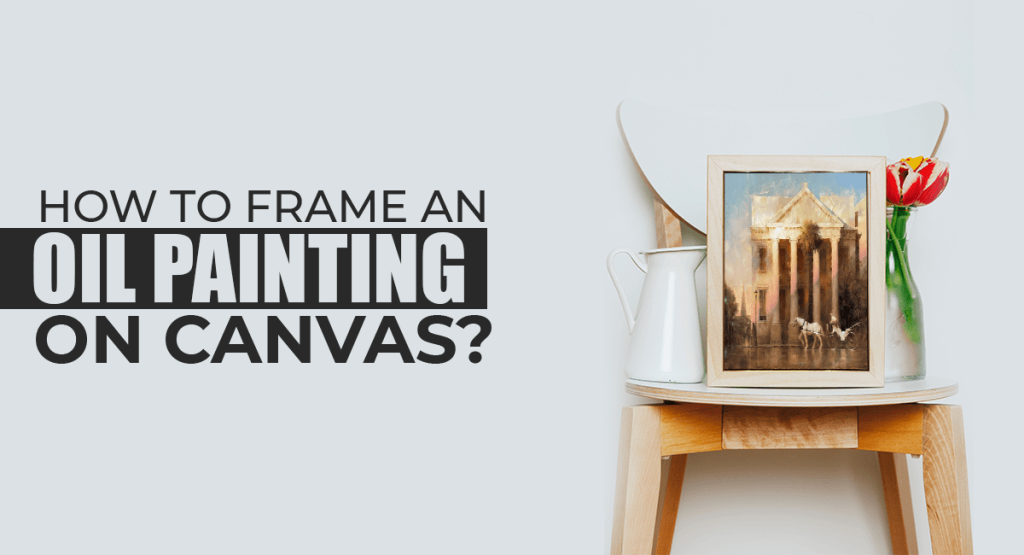Framing an Oil Painting on Canvas | Easy DIY Guide

Have you poured your heart and soul into an oil painting, only to have it sitting on an easel or hidden in a corner?
It’s time to give your masterpiece the presentation it deserves!
Framing an oil painting is both an art and a science. It’s not just about aesthetics, it’s about protecting your artwork from dust, moisture, and even physical bumps. It also draws the viewer’s eye into your painting and enhances its overall impact.
But framing an oil painting on canvas can be daunting, especially for first-timers.
No fears, fellow artist!
Framous Picture Framing has put together a detailed guide on everything you need to know, from choosing the perfect frame to securing your artwork like a pro. Whether you’re an experienced painter or a proud creator of your very first masterpiece, we will help you get the knowledge and confidence to frame your oil painting on canvas in the best way.
So, dust off your artwork, and let’s get it ready to take centre stage!
10 Easy Steps to Frame an Oil Painting on Canvas
Step #1: Choose a Suitable Frame
The frame is the outfit of your painting – it should make the canvas shine, not steal the show! Here’s how to pick the perfect frame that complements your masterpiece:
- Frame Style:
Whether your painting is a majestic portrait from a museum or a burst of colours screaming modern vibes, the frame should be its best friend, style-wise! Classic paintings look stunning with decorative frames that have lots of details. Conversely, modern artworks rock sleek and simple frames that don’t compete for attention.
- Colour:
The frame colour should complement the painting without overpowering it. Neutral colours like black, white, or wood tones are always the best choices– they go with everything. But if your painting is a riot of colours, you can pick a frame with an accent colour that pops out in a cool way.
- Material:
Painting picture frames come in different sorts of materials, including wood, metal, and plastic. Wood is a preferred choice for its classic look and durability. Metal frames can add a modern edge!
Now that you know the basics, let’s explore some specific frame styles that are perfect for oil paintings:
Types of Frames for Oil Paintings
Oil painting frames vary widely in design and material. Here are two common types:
- Traditional Frames: Picture royalty! These frames, often made of wood, are perfect for classic and Renaissance-style oil paintings. They are grand and ornate, with lots of details and carvings.
- Modern Frames: Less is More! Modern art is all about clean lines and bold statements. Modern frames reflect this style, being sleek and simple. They’re usually made of metal or wood with minimalist designs, letting the artwork be the central character.
Explore: How to Choose the Perfect Picture Frame | Expert Tips
Step #2: Gather Materials Needed to Frame the Oil Painting
You won’t need a team of art handlers, but having the right supplies will make the process smooth. Here’s your framing materials roll call:
- Frame of your choice
- Canvas pliers
- Staple gun and staples
- Mounting brackets
- Backing board
- Hanging hardware (D-rings, wire)
- Measuring tape
- Screwdriver
- Clean cloth
Step #3: Prepare the Oil Painting for Framing
Before your oil painting goes for framing, let’s get it prepped for its close-up first.
Gently clean it up with a soft cloth to remove any dust or dirt. You wouldn’t want any dirt stealing the attention from your masterpiece.
Bonus Tip: Thinking of creating future masterpieces on paper? Consider Arches Oil Paper as an alternative surface for your oil paints. It’s perfect for those times you want to skip the canvas altogether.
Step #4: Measure the Canvas and Frame
To avoid any ‘Oh! this frame is way too small’ moments, you need to get out the measuring tape and play fashion detective – for your artwork.
Here’s the lowdown:
- Grab your measuring tape
- Flip your canvas over and measure its width and height. Make sure you get the exact measurements, down to the nearest eighth of an inch if possible. Every bit counts!
- Now, flip the frame over and measure the inside dimensions (the opening where the canvas will sit). This is where things get interesting. Ideally, the canvas should be slightly smaller than the inside of the frame. That way, there’s a tiny gap for the frame to hold the canvas securely without squishing it. Imagine it as a gentle hug for your artwork.
Pro Tip: For a snug but comfortable fit, aim for the canvas to be about ¼ inch smaller than the frame’s internal dimensions on all sides. This ensures a secure fit and a clean look.
Explore: Basics of Canvas Framing: How to Pick Right Frame
Step #5: Mount the Oil Painting onto the Frame
Now comes the fun part – putting your artwork and its new frame together! Here’s how to make the magic happen:
- Flip the frame face down on a clean, flat surface.
- Carefully position your painting in frame. Centre it perfectly, just like you would the main piece in a puzzle.
- Time to secure your masterpiece! Most frames come with handy clips or brackets specifically designed for this purpose. Start by gently attaching one clip or bracket in the centre of a side.
- Add clips or brackets on each side, spacing them evenly. Make sure the canvas feels snug and secure, but not too tight.
Step #6: Secure the Canvas in Place
Now that your masterpiece is perfectly positioned in the frame, it’s time to make sure it stays secure.
To keep your canvas in place, use those trusty mounting brackets or clips and place them at the edges of the frame. This ensures your canvas is held nice and tight from all corners. If your canvas seems a little loose, don’t worry! We can fix that. With the help of canvas pliers (a tightening tool), you can gently stretch the canvas back to the tautness and secure it with staples.
Explore: Common Canvas Stretching Issues and their Solutions
Step #7: Add the Finishing Touches
Almost there! Now we add some extra TLC to protect your masterpiece for years to come. Think of it like building a tiny vault for your artwork to keep out dust bunnies and unwelcome moisture.
Here’s what you do:
- Use an acid-free backing board to protect your oil painting from harm.
- Use your measuring tape and utility knife (or scissors) to carefully cut the backing board to the exact size of the frame’s back.
- You can use either staples or screws to attach the backing board to the frame.
When placing the backing board, make sure it covers the edges of your canvas. This creates a snug fit and extra protection for your precious artwork.
Step #8: Install Hanging Hardware
Now it’s time to give your painting wings and get it up on the wall!
This is where hanging hardware comes in which holds your art up securely. Here you need:
- D-rings
- Picture Wire
D-rings are those little metal loops, and picture wire is the thin, sturdy wire that suspends your painting. Take the D-rings and screw them into the frame on either side, roughly at the dividing line between the first and second sections.
The placement of the D-rings matters! For heavier frames, position them a bit wider apart for better balance. Lighter frames can have the D-rings closer together. Additionally, consider how you want to hang your artwork – portrait (tall) or landscape (wide) – and adjust the D-ring placement accordingly.
Once the D-rings are secure, loop the picture wire around each D-ring and tie a simple knot. There you have it – an invisible suspension system for your masterpiece!
Step #9: Dust-proof / Protect the Frame
But before you hang your masterpiece, let’s give it a final shield against dust and moisture.
Sealing the frame with tape feels tempting, but it can leave a sticky residue. Instead, grab a sealant specifically designed for frames and run it along all the edges of the frame’s backing board, making sure there are no gaps.
Step #10: Display Your Framed Oil Painting
Now comes the final and best part: showing off your masterpiece!
- Light It Up: Avoid hanging the artwork directly in harsh sunlight, which can damage the paint over time. Instead, aim for natural light that filters through a window or soft artificial lighting from above or beside the painting.
- Balance is Key: Take a look around the room. Does your painting clash with other artwork or furniture? Consider grouping your framed oil painting with complementary pieces for a mini art gallery vibe.
- Hang with Pride! Finally, the moment you’ve been waiting for – time to hang your framed masterpiece!
Step back and admire your handiwork. You’ve taken a blank canvas and transformed it into a stunning piece of art. That deserves a celebration!
Feeling a little out of your depth with the DIY framing process? No worries!
Framing Canvas Made Easy with Framous Picture Framing!
Now, get ready to take your oil painting from masterpiece to museum-worthy display!
Contact Us for Expert Custom Picture Framing
At Framous Picture Framing, we specialize in transforming your artwork into stunning framed pieces. Our team of expert framers offer a wide range of custom photo frames made with high-quality materials.
Stop searching for‘framing canvas near me’!
Call us or Browse Our Online Custom Picture Frames Now!
To explore more about Framous Picture Framing; click the links below:
- Posted In:
- Informative



Leave a Reply